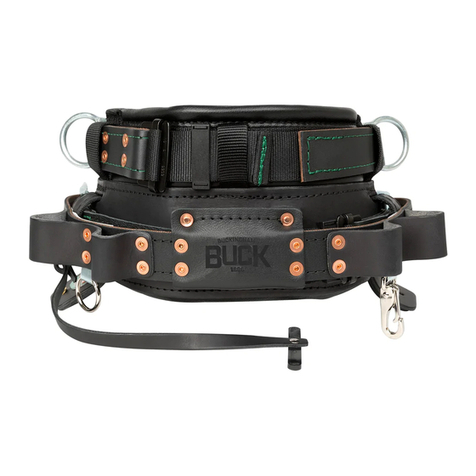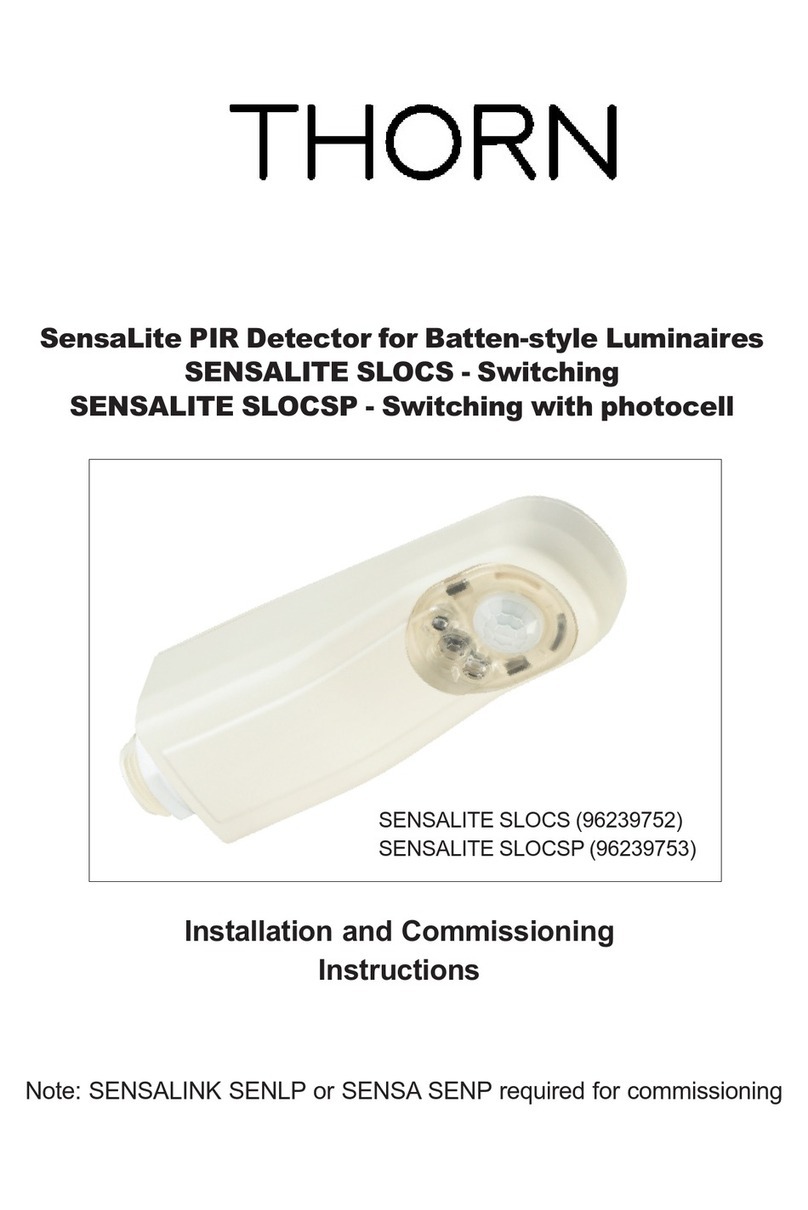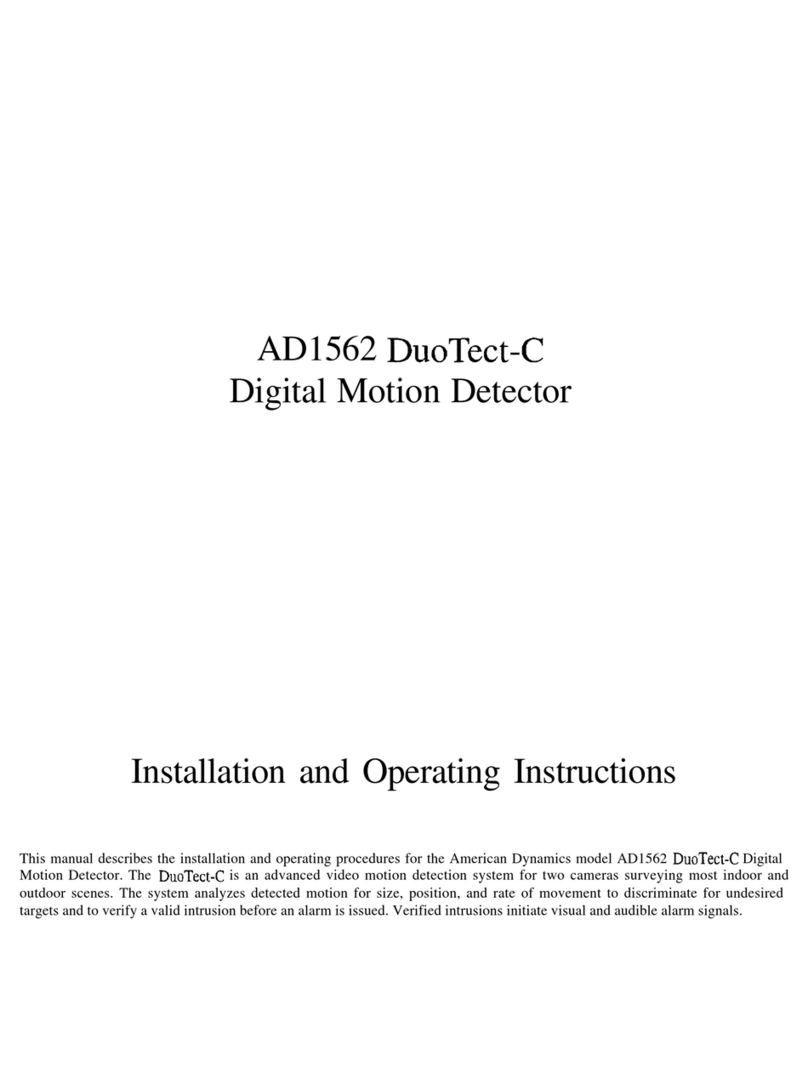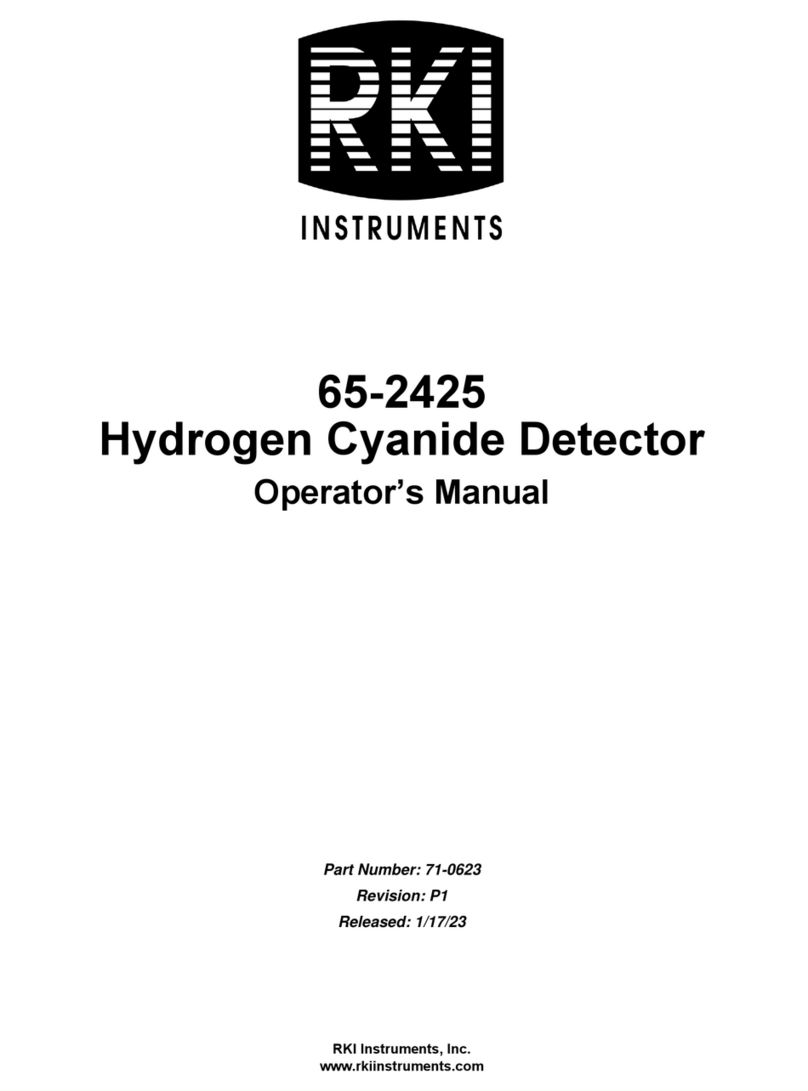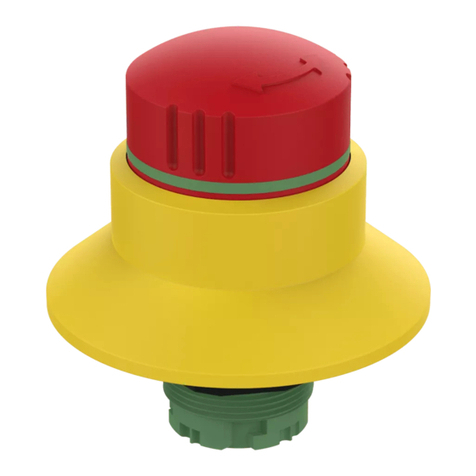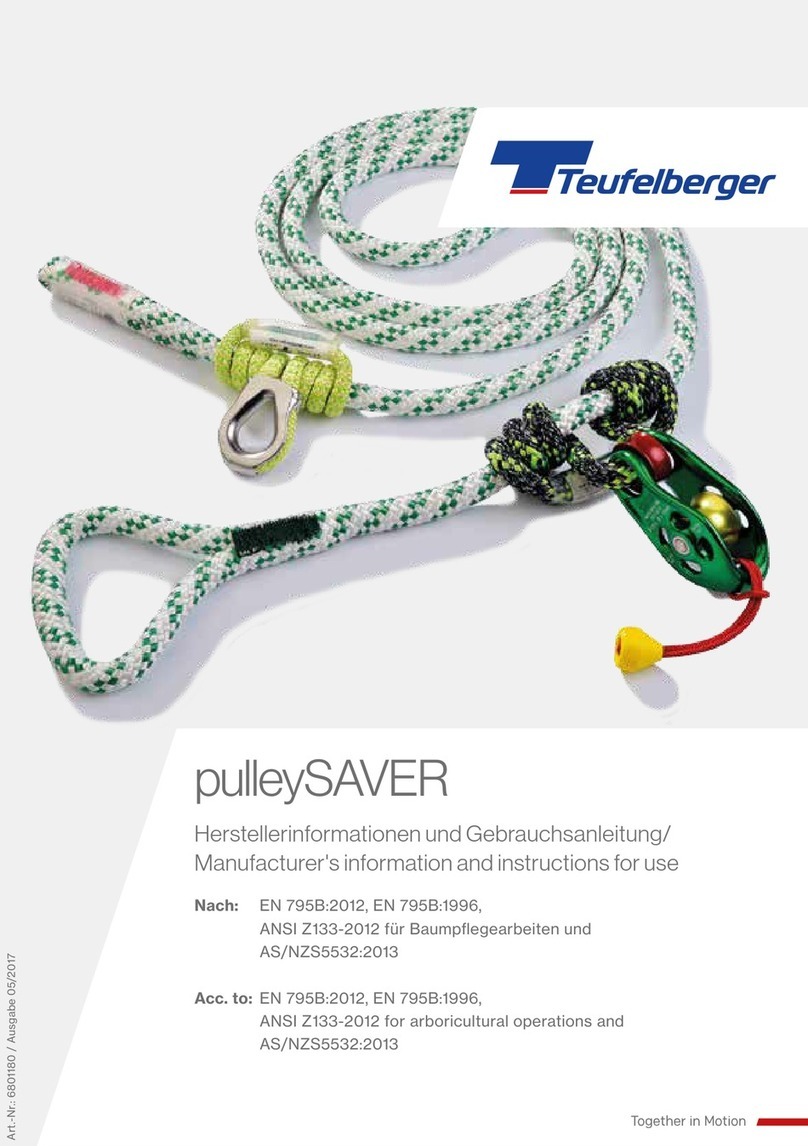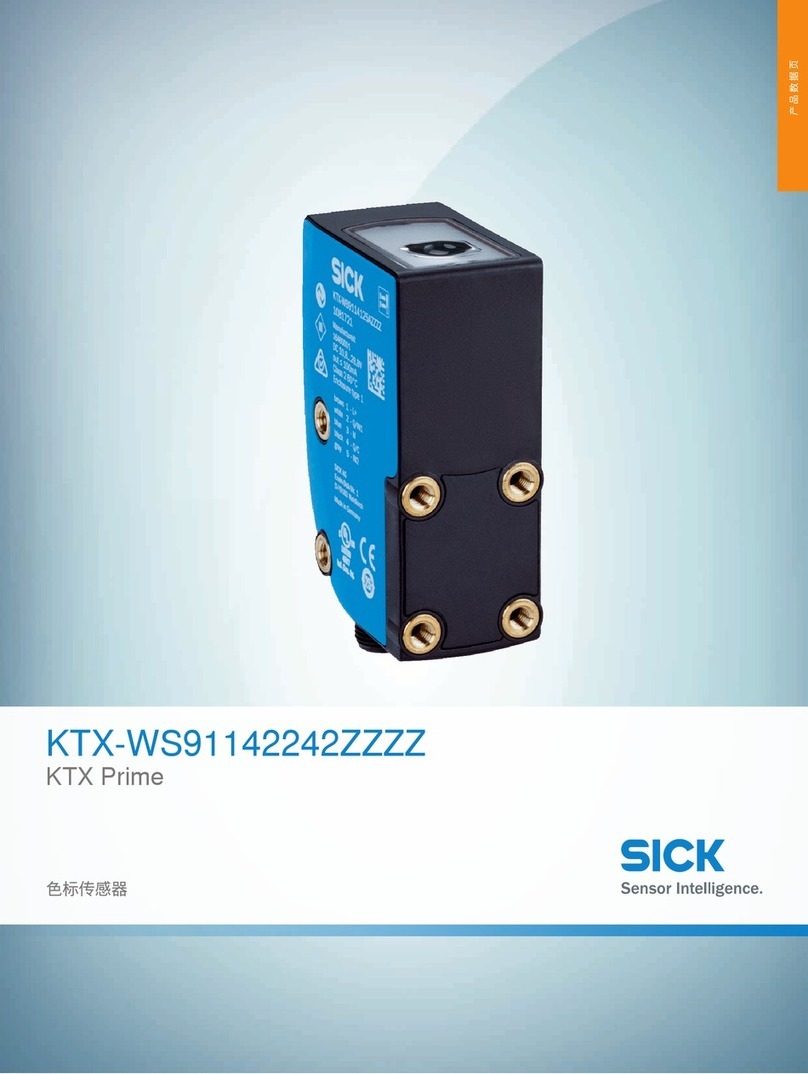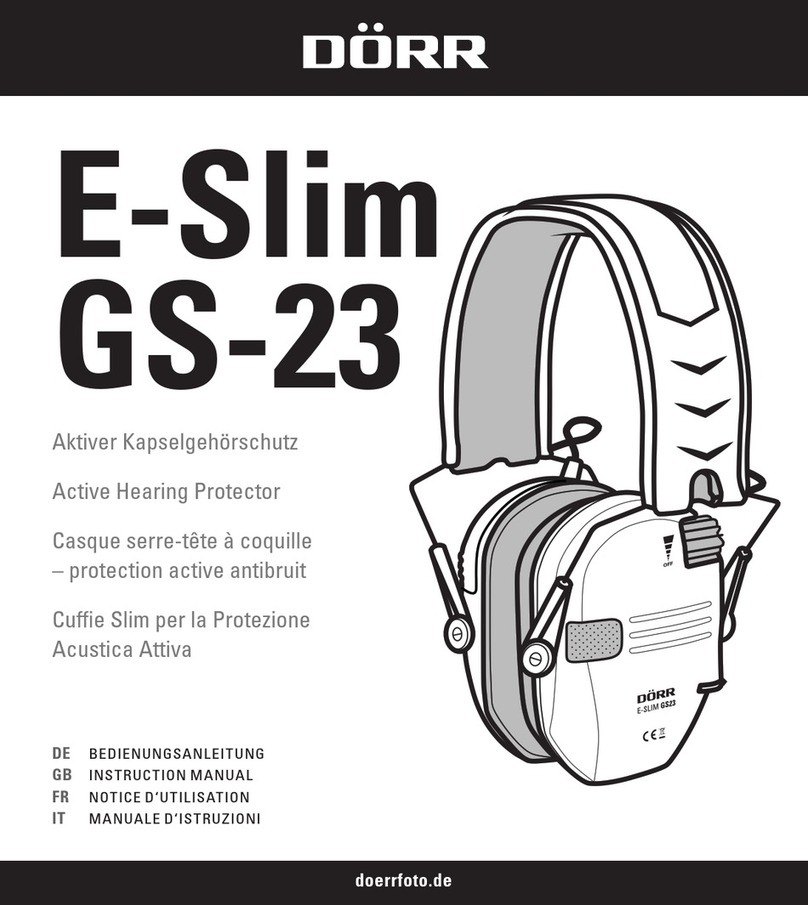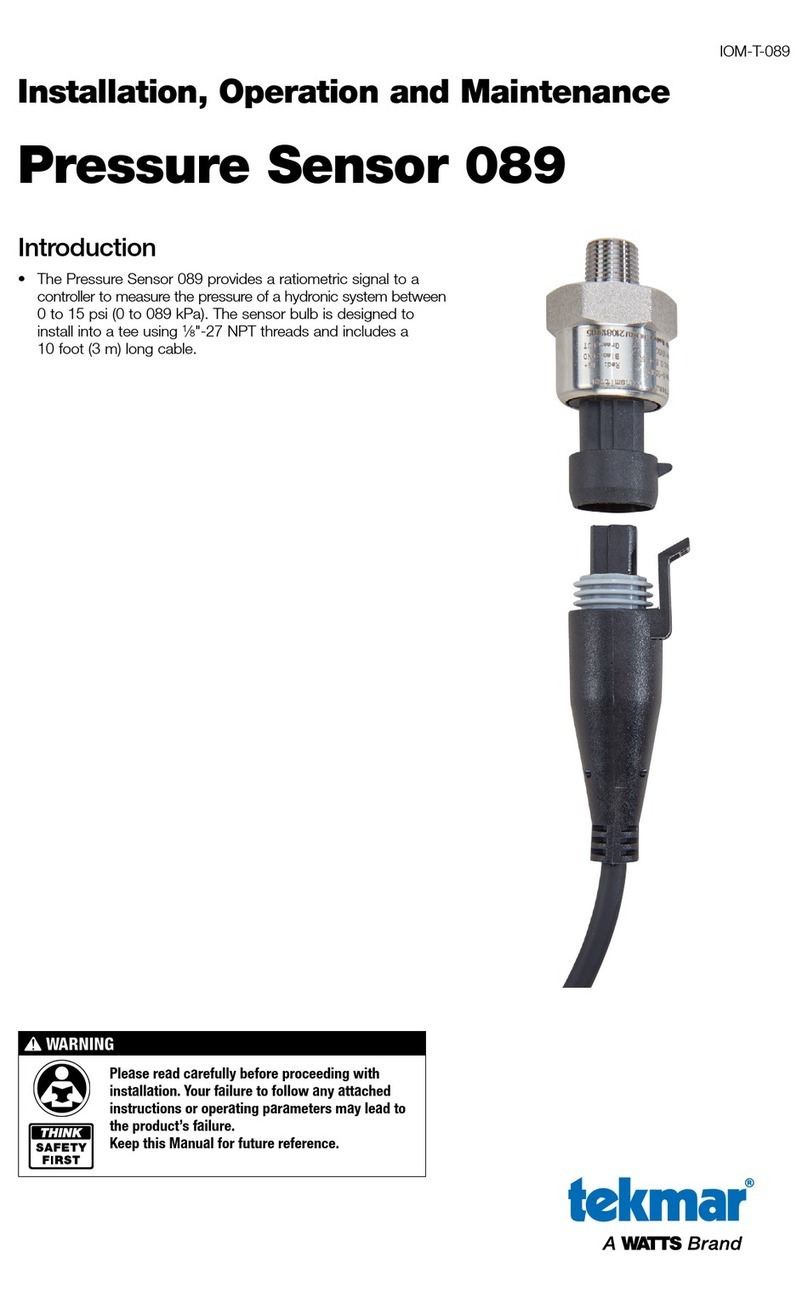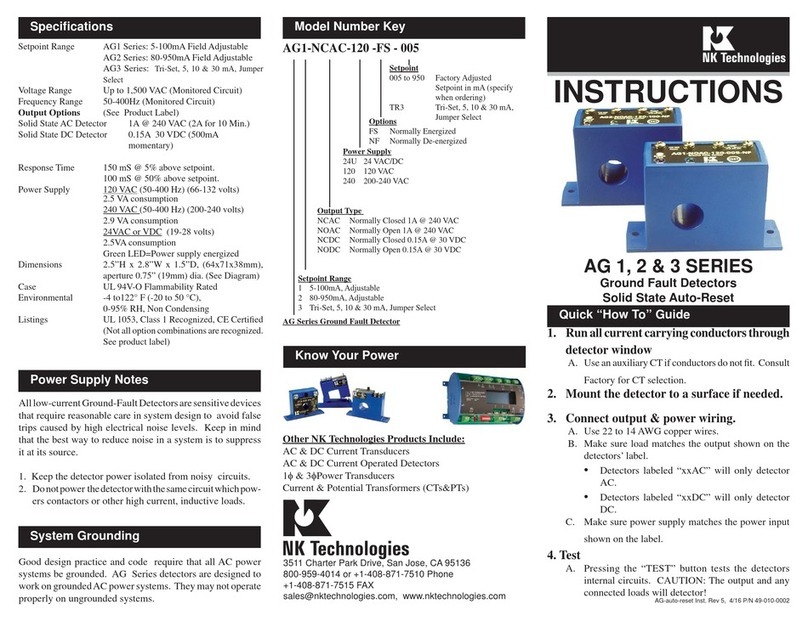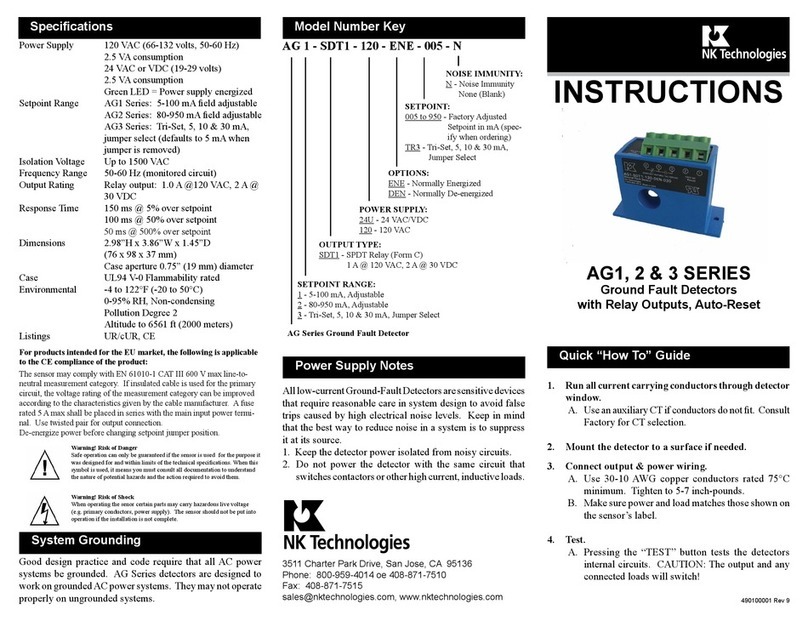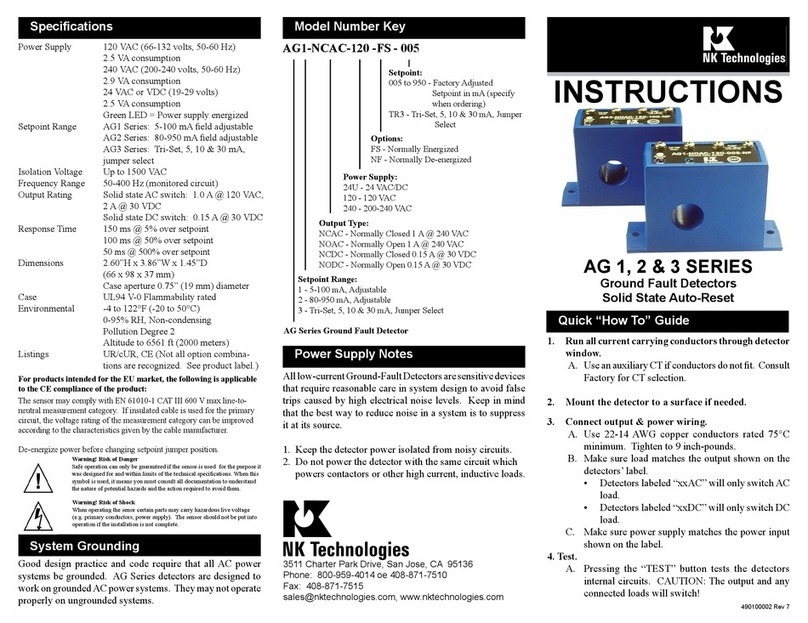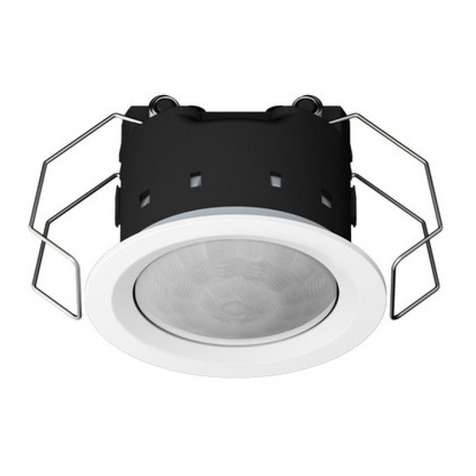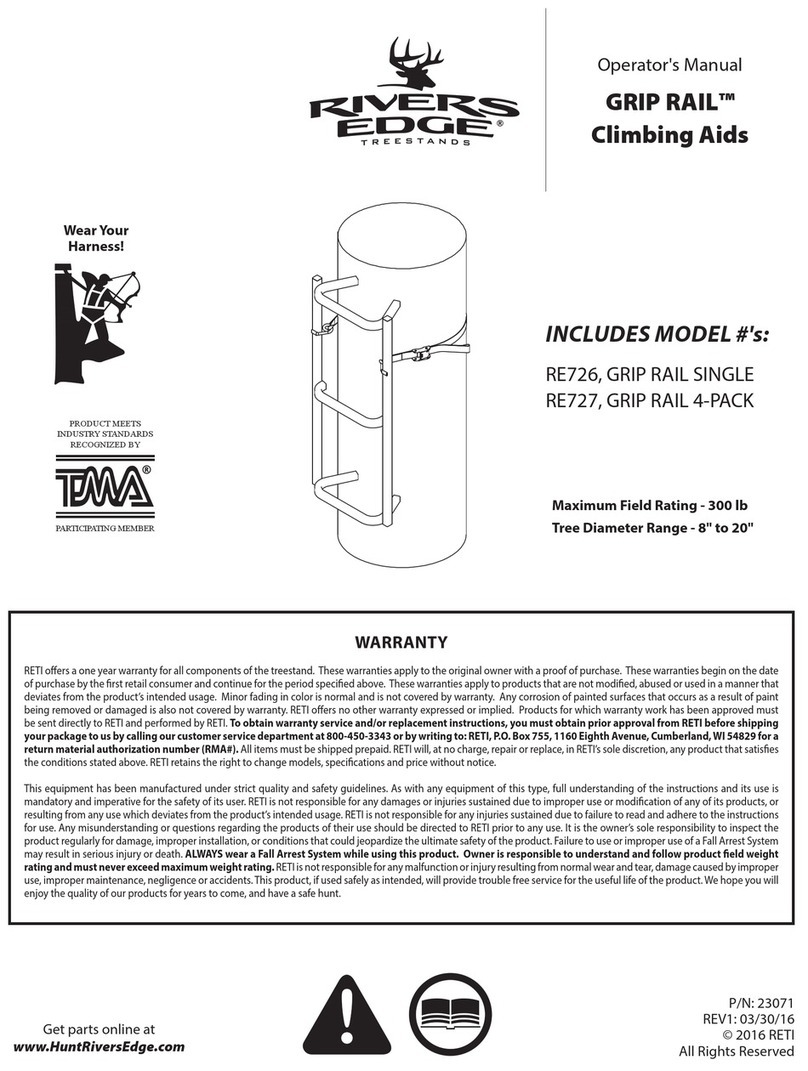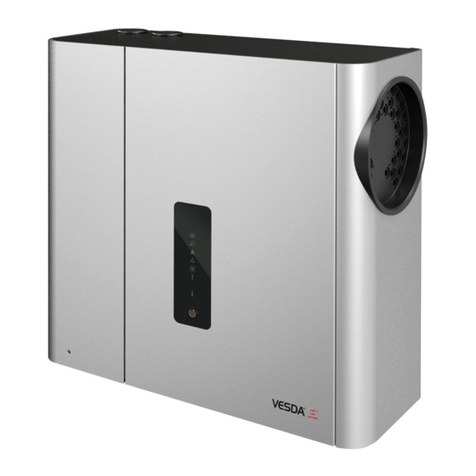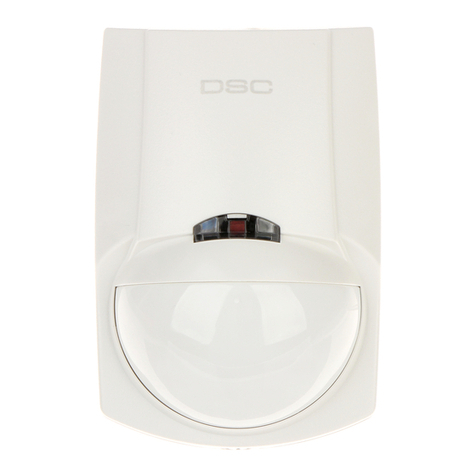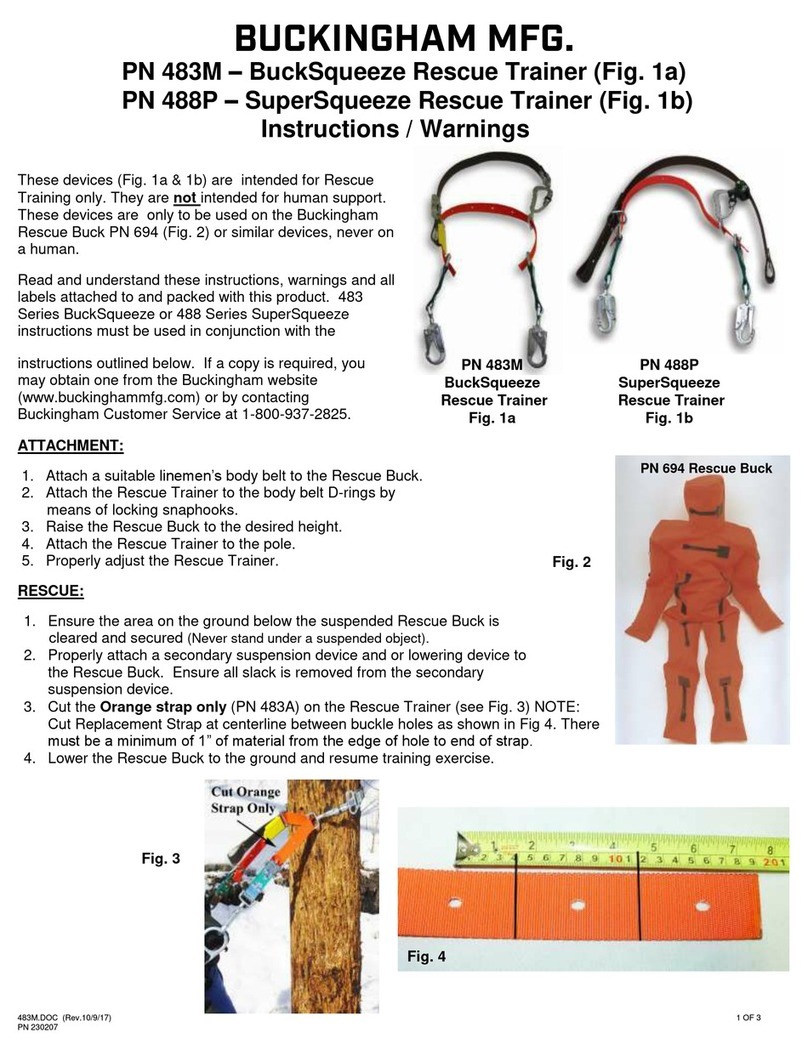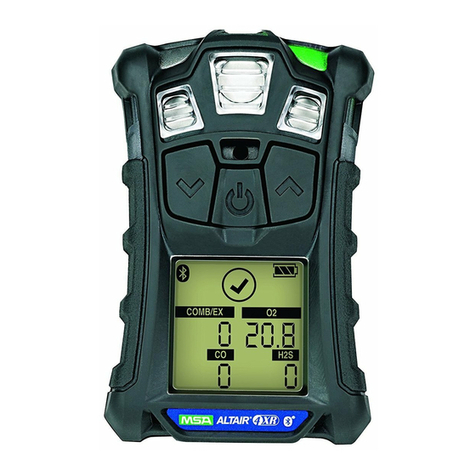
Description
Operation
Principal of Operation
Under normal conditions, the current in one wire of a two
wire load is equal in strength but opposite in sign to the cur-
rent in the other wire. The two wires create magnetic fi elds
that cancel, a condition known as “Zero Sum Current”. If
any current leaks to ground (Ground Fault), the two currents
become unbalanced and there is a net resulting magnetic
fi eld. The AG detector detects this minute fi eld and changes
the output state. This concept extends to three phase systems
such as 3 wire Delta and to 4 wire Wye.
AG Series detectors work in the same environment as mo-
tors, contactors, heaters, pull-boxes, and other electrical
enclosures. They can be mounted in any position or hung
directly on wires with a wire tie. Just leave at least one
inch distance between detector and other magnetic devices.
Run all current carrying conductors through the opening in
the detector. (See “Principal of Operation”) Be Sure all
wires are oriented so current fl ows in the same direction.
Installation & Wiring
AG Series detectors monitor all current carrying wires in
single or three phase systems to detect ground faults. They
provide a contact output that can operate relays, contactors
or signal automation systems.
Wiring
Use 22-14 AWG copper conductors and tighten terminals
to 5-7 inch-pounds torque.
Power
Connect power wiring to Terminals 1 & 2. Be sure that
the power supply matches the power rating on the detec-
tor label.
Output
Connect output wiring to Terminals 3 & 4.
Reset Switch
Connect a momentary dry contact to the reset terminals
5 & 6. Limit wire run to 200’ of 18 AWG or larger wire.
Momentary Reset
The detector will not work properly if the reset terminals
are closed (shorted) continuously. Only close the reset
terminals momentarily.
Parallel Reset Connection
Multiple detectors may be connected to the same reset switch
in parallel. Only the detectors that have detected a fault and
have latched will be reset. A detector will not reset unless
the fault has dropped below setpoint.
AG Series Latching Ground fault detectors operate in one of
two states: Reset or Latched. If control power is removed,
the detector remains in it’s last state (latched or reset).
Reset
The detector has not detected a fault and the output is in
the “normal” position.
For -NOR1 suffi x, the contact is normally open in the reset
condition.
For -NCR1 suffi x, the contact is normally closed in the
reset condition.
Latched
Upon detecting a fault or when the TEST switch is pressed,
the output will switch and “latch”. The output will remain
latched until the ground fault is removed and the output is
reset by a momentary dry contact on Terminals 5 & 6. Also,
cycling power to the sensor will reset the output.
Testing
To test operation, gently press the TEST button. This simu-
lates a fault and tests the internal switching circuits. After
the test is complete, reset the detector with a momentary
dry contact on Terminals 5 & 6. CAUTION: Any circuit
connected to the detector will be operated.
Setpoint adjustment, CW to adjust higher located
under label (AG1 & 2 only)
Test Button (Activates
output relay)
Red Status LED (On when
tripped)
Green Power
LED (On when
powered) G R
Power Supply
Input (1&2)
Output External Reset
Button (5&6)
When used with an external CT, the detector will be set
to trip at a point much lower than without the CT. This
setpoint adjustment should be done with the load passing
through the CT in that application.
Single Phase (Phase
& Neutral or Phase to
Phase)
3 Phase Delta (Include
neutral if the load uses
neutral)
3 Phase Wye (Include
neutral if load uses
neutral)
3 Phase Load, using an auxiliary Current Transformer.
Contact factory for details.
Field Setpoint Adjustment
While not as precise as having it set at the factory, the set
point can be adjusted in the fi eld through use of the small
potentiometer located beneath the label to the right of the
red LED (status). Though not recommended, if a fi eld
adjustment of setpoint is desired, the recommended steps
are as follows:
1. Develop a load of the magnitude at which you want
the detector to trip; e.g., a 4000 ohm resistor at 120 VAC
should provide a load of 30 mA while 4 watt “night light”
bulb would create a load of approximately 33.33 mA.
2. With the load energized and passing through the sens-
ing aperture, turn the potentiometer counterclockwise
(CCW) until the detector trips. Then turn the pot back
(CW) one eighth of a turn.
490050006 Rev 6


